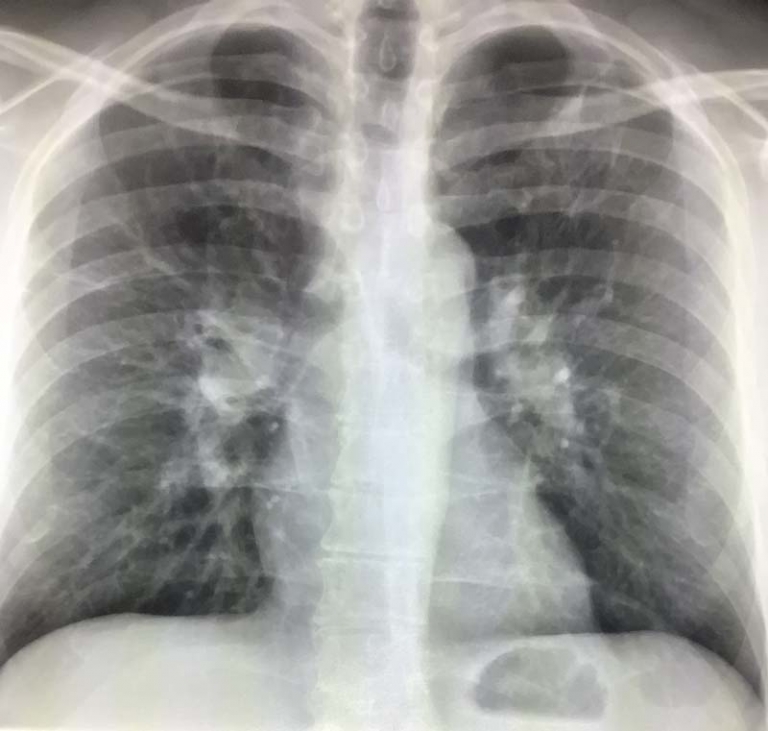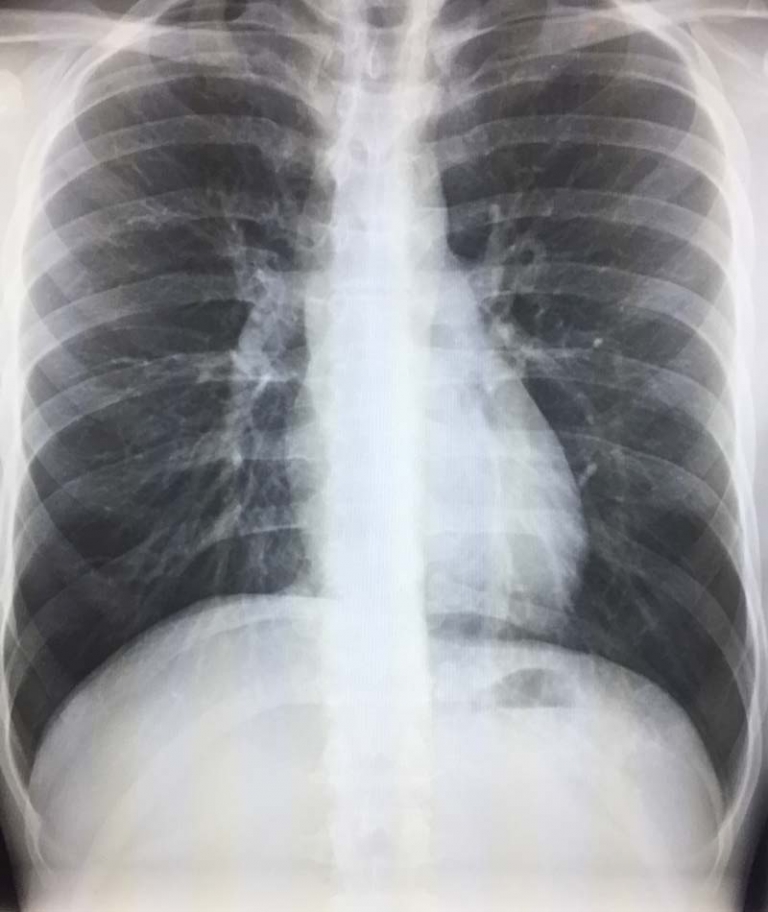Recommend Endoscopy After Esophogram
Esophograms are performed after the patient swallows barium contrast and X-ray is used to identify abnormalities. The barium contrast outlines the esophagus on X-ray and many abnormalities of structure and function. Esophograms are quick and easy tests that are non invasive and do not require sedation.
While esophograms are good starting points, and are able to pickup many abnormalities, the best test to look at the lining of the esophagus is upper endoscopy. A tiny camera is attached to the end of a flexible tube. A specially trained gastroenterologist exams the lining of your esophagus, stomach and duodenum (start of the intestine). The test requires sedation.
Esophograms are good at seeing how the esophagus-muscular tube that goes from the throat to the stomach propels food. In some conditions and diseases, the esophagus does not function well. Since a barium esophogram is done under live continuous X-ray, abnormalities of function will be detected better than endoscopy which only looks at the inside lining of the esophagus.
Esophograms are not as good as endoscopy done by a gastroenterologist for looking at the lining of the esophagus. The lining of the esophagus is where many cancers, infections, inflammatory conditions, rings, strictures and other abnormalities occur. Endoscopy is able to look at the lining directly.
Esophograms use barium to outline abnormalities on X-ray instead of visualizing them directly. Some cancers of the esophagus are small or flat and not well shown on barium esophograms. Other conditions like Barrett’s esophagus which is a precancerous condition will often not be seen. Infections, inflammatory conditions, some cancers and others may be missed on barium esophogram.
Esophograms also depend highly on the technique and skill of the radiologist doing the test. Sometimes, we don’t get good coating or distention of the esophagus and abnormalities may not be shown. The radiologist doing the test may not be very experienced. Endoscopy has replaced much of the volume of barium esophograms. Many younger radiologists are not as experienced as previous generations of radiologists.
Barium esophograms may pickup an abnormality such as a narrowing or other abnormal spot. The esophogram can not tell what these abnormalities are as far as being benign or cancer. The endoscopy is able to directly look at the abnormality and biopsy it. Therefore a precise diagnosis can be made. The radiologist may therefore see the abnormality and recommend correlation with endoscopy. That is, he thinks endoscopy will help with the diagnosis.
Barium esophograms are quick and easy tests to look at the function and structure of the esophagus. Many abnormalities identified on esophograms require further testing with endoscopy. The radiologist may therefore recommend endoscopy for an abnormality. Endoscopy is more involved requiring sedation, but allow a direct look at the lining of the esophagus and biopsy.


